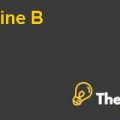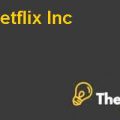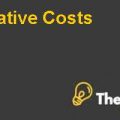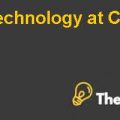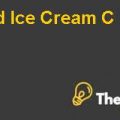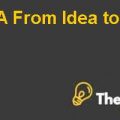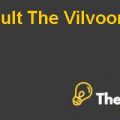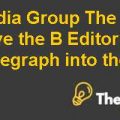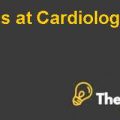Umunch Mobile Food-Delivery App Feasibility Analysis Case Study Help
Fixed Cost
In the case of uMunch, the fixed cost would include: rent expense, depreciation expense, interest expense, advertising fee, legal fee, insurance expense and other expenses(See appendix 3).
Variable Cost
In the case of uMunch, the varaible cost wouldinclude: food Debb Delivery expense, restaurant charges, Stripe charges, maintenance charges, utilities expenses, phone expenses, internet expense, salary expenses and other potential expenses.
Projected uMunch’s Sales
The monthly sales projections have been made with the help of provided data in the case. In addition to this, the assumption with respect to Restaurants, Alcohol and snakes’ contribution in the total sales has been considered while calculating the projected monthly sale. The following table provides the projected monthly sales for the year 2019, 2020, 2021 respectively.
Monthly Cash Budget
The projected cash budget has been made with the help of available data. (See appendix 1 for monthly sales budget). The budget reveals that the company would require more cash, because the projections represent negative balance for starting months.
Income Statements
The projected income statement for three years has been made with the help of available data. The projected income statement represents net loss for the three consecutive years, because of high delivery and restaurant fees. uMunch’s commission was only 25% out of total restaurant sales and the company will have to incorporate other operational expenses and meet daily requirements.
Balance Sheets
The projected balance sheet for three years has been made with the help of available data.The following table provides the projected balance sheets for the year 2019, 2020, 2021.
Break Even Analysis
The breakeven analysis represents that the projected unit sold is not enough to yield profits for the company. The projected unit sold for the year 2019 was 16,379. Whereas, the breakeven analysis represents the projected unit sold for the same year as 18,273. Thus, it could be seen that the company will have to maximize its unit sold to earn some profit(AG De Kok, KH Van Donselaar, 2008). On the other hand, if company will not be able to increase its unit then the company is predicted toincur huge loss. (See appendix 2).
On the other hand, the ratios have been calculated with the help of projected income statement. The results revealed that the project will incur loss with a wide margin, for all the three years. The profit margin for the year 2019 was (0.18), it shows that the project is not profitable. (See appendix 3)
Recommendations
It is recommended that the project will incur loss for all the three consecutive years. Thus, the project is not profitable, and Arvind Rajah and Amir Rezvani should make a proper feasible contract with Stripe and Delivery Debb with respect to the price charged. Delivery Debb chargesan increased amount and the company is not able to recover its expenses out of total sales because of low commission (25%) from food restaurants. The breakeven analysis also represents that company is not able to achievethe breakeven point in theses three years. Thus, the project should not be launched without taking some strategic actions.
Conclusion
The idea, a Mobile application for food delivery service, was generated by two University students- Arvind Rajah and Amir Rezvani. A detailed feasibility analysis has been performed in order to examine the project’s profitability. The budget reveals that the company would require more cash because the projections represent negative balance for starting months.It is recommended that the project will incur loss for all the three consecutive years. Thus, the project is not profitable, and Arvind Rajah and Amir Rezvani should make a proper feasible contract with Stripe and Delivery Debb with respect to the price charged..........................
This is just a sample partical work. Please place the order on the website to get your own originally done case solution.

